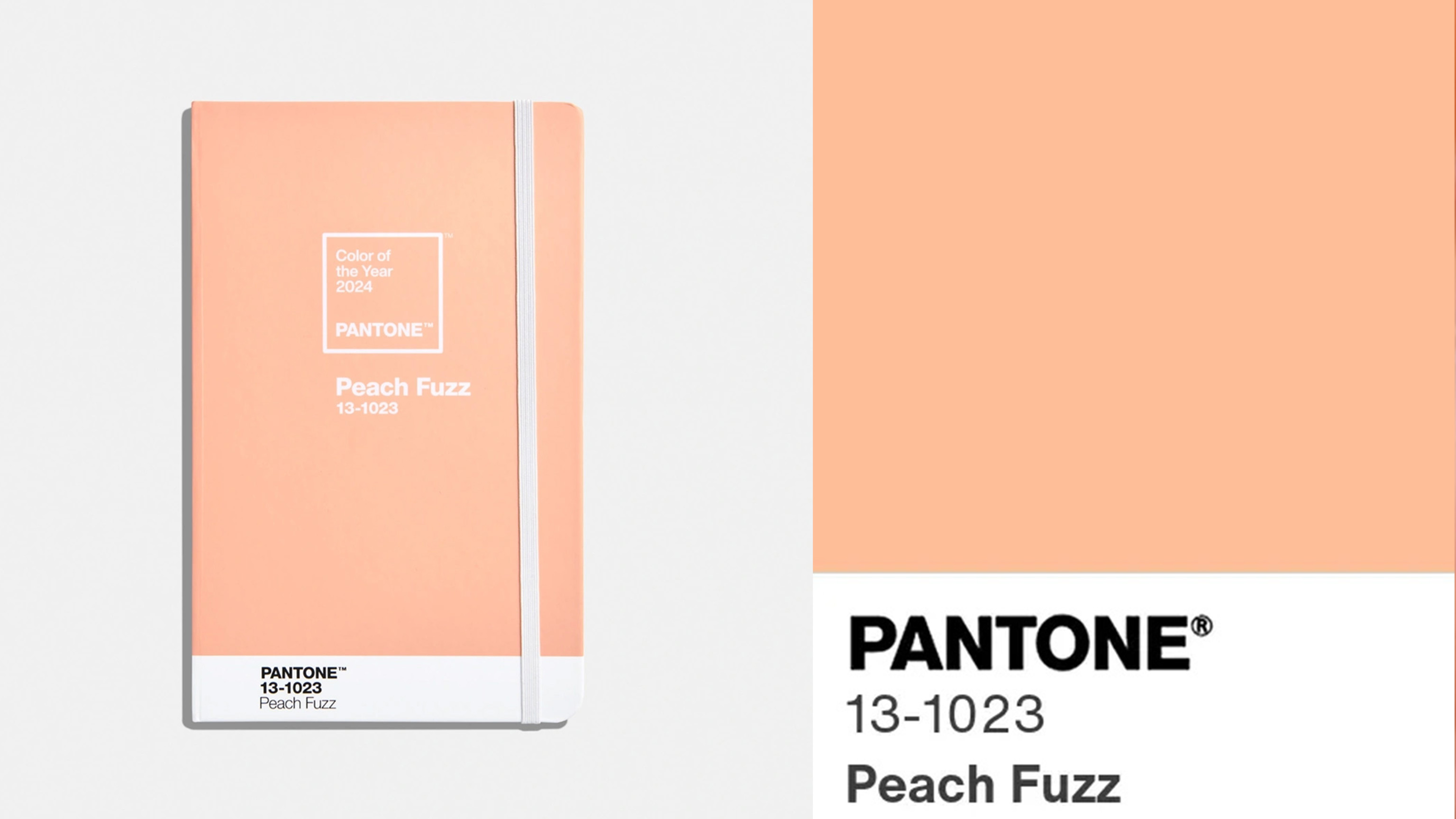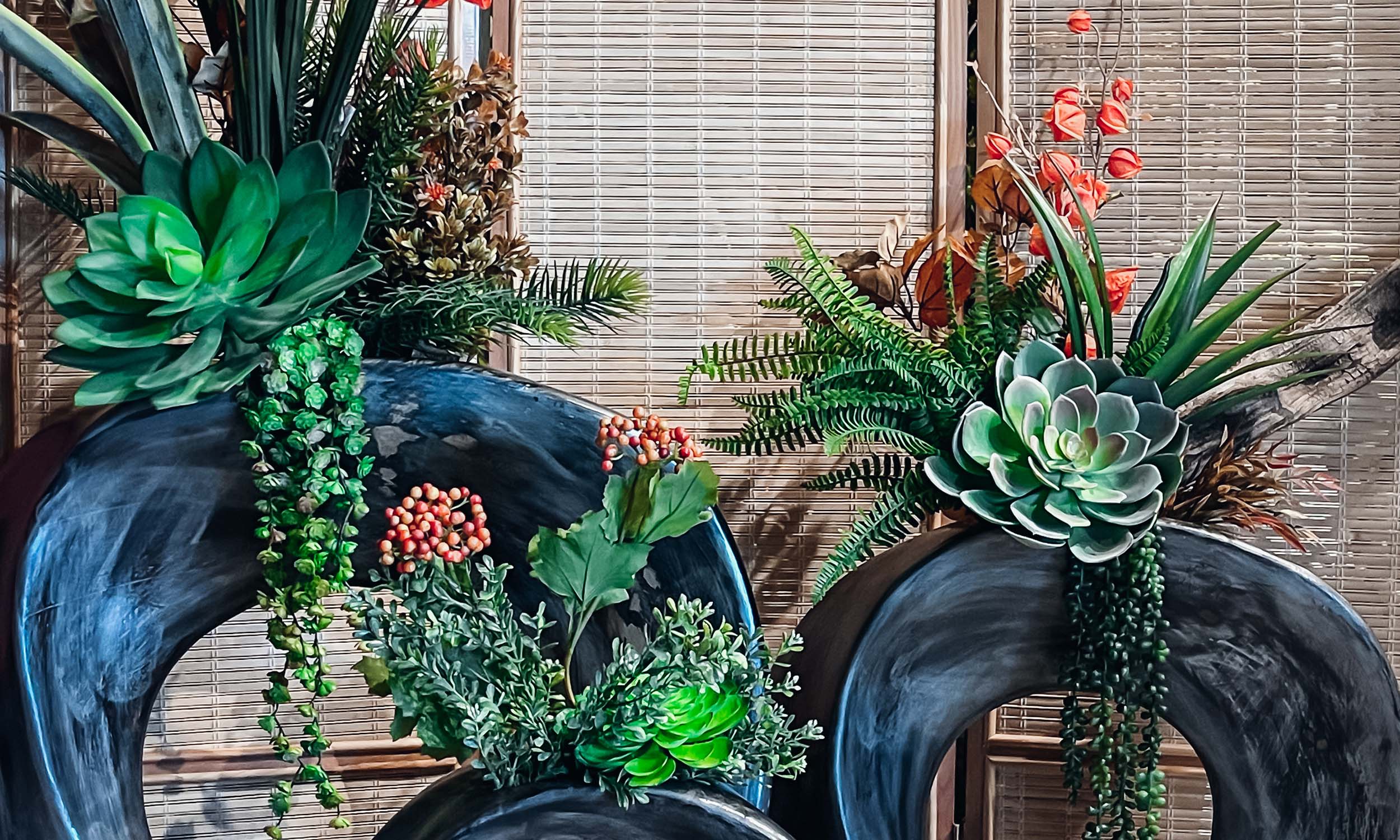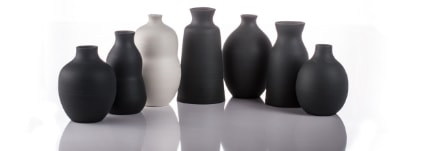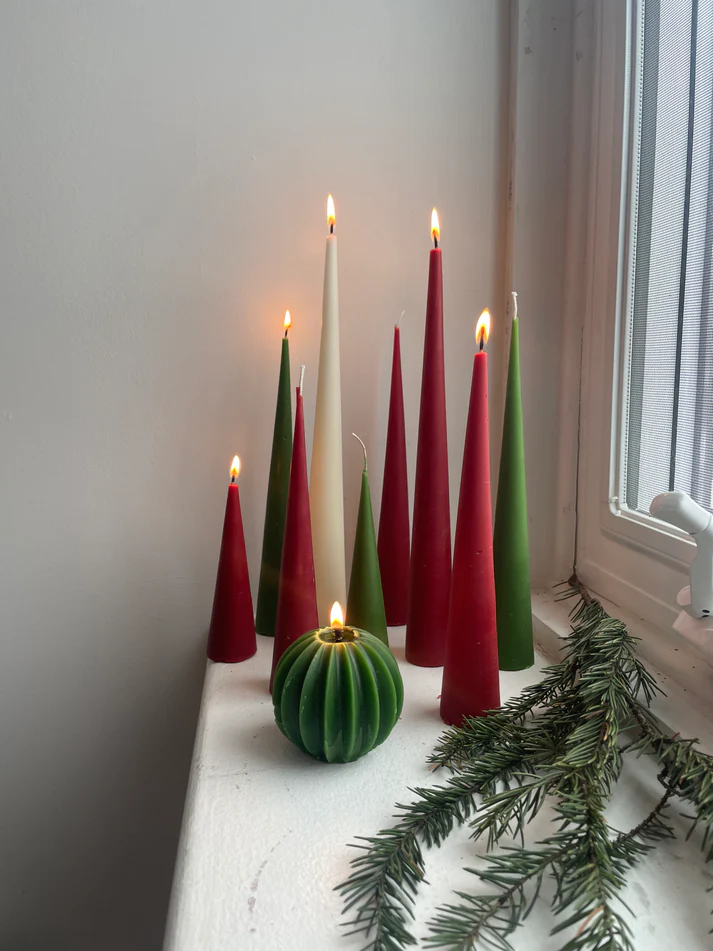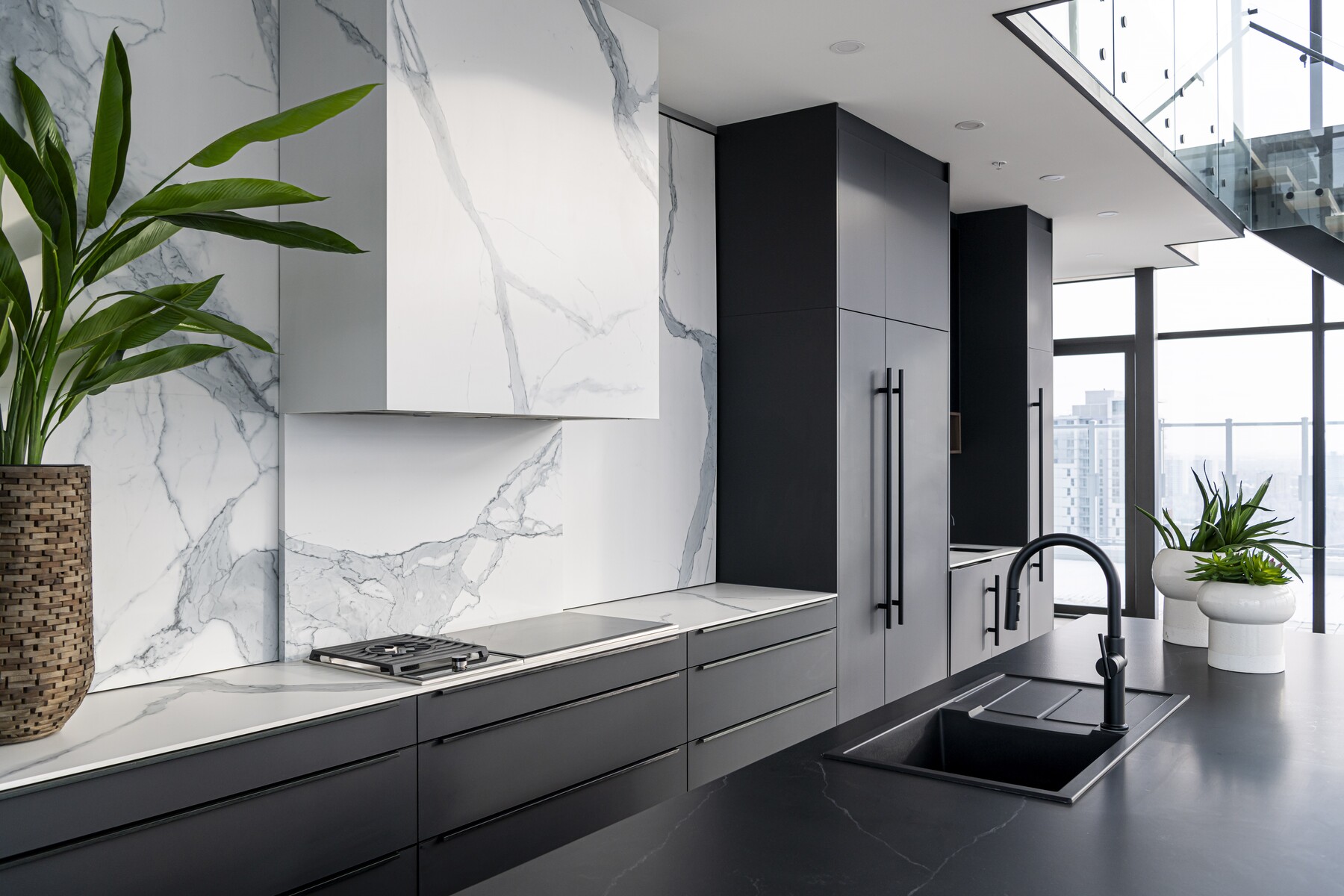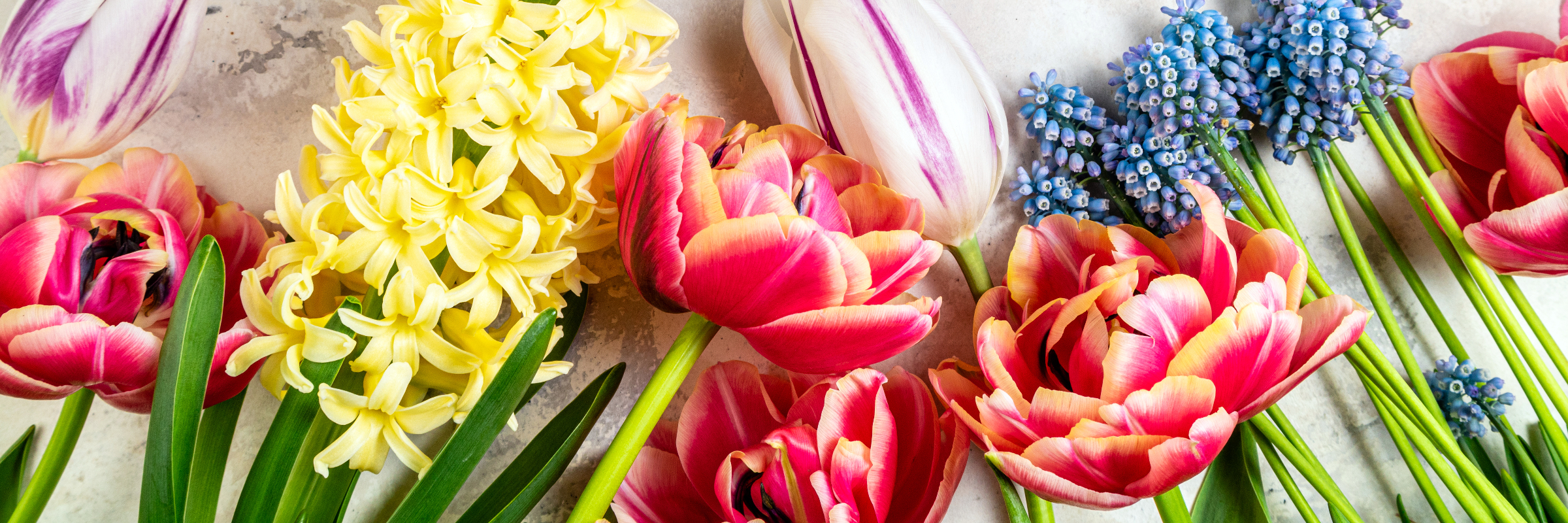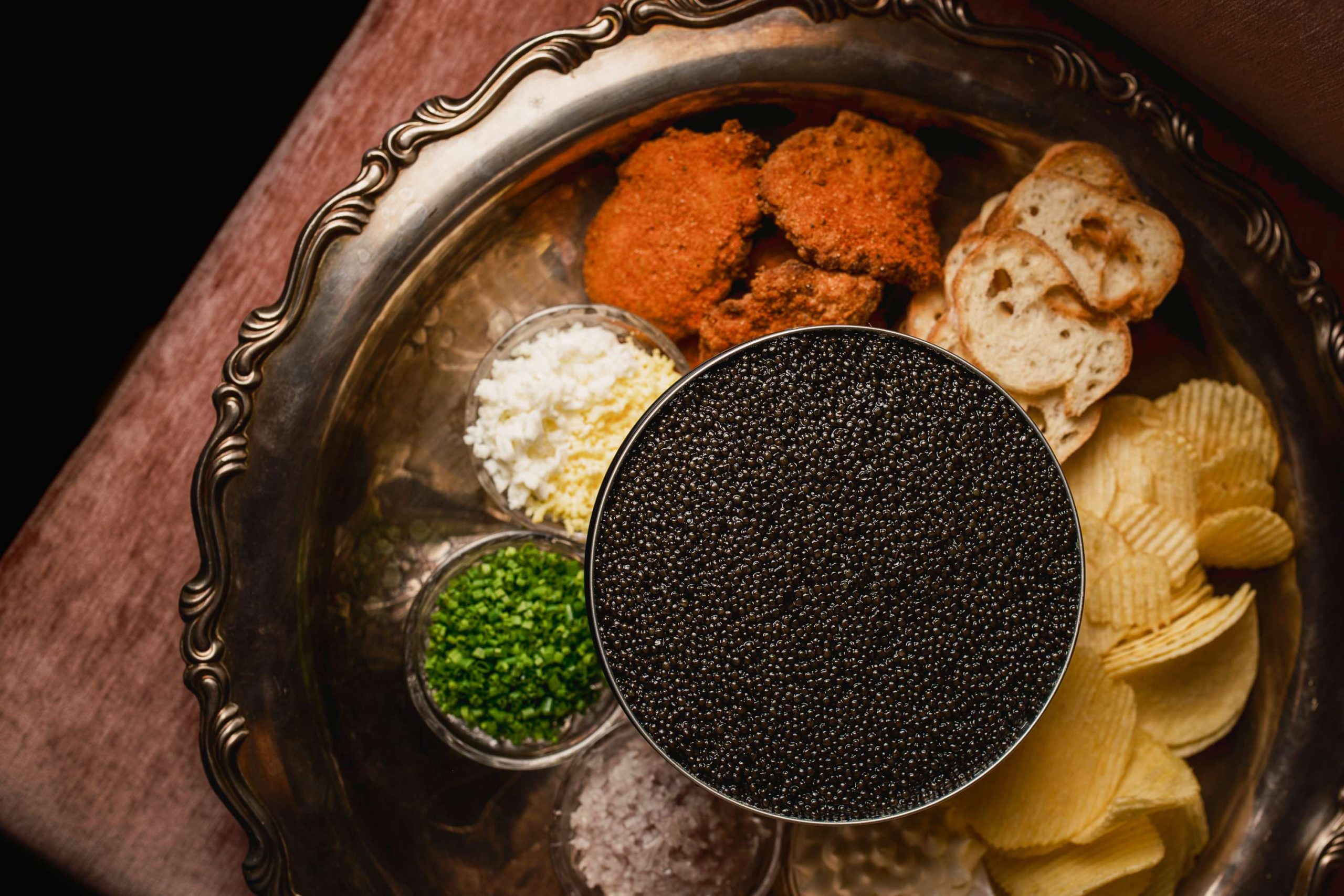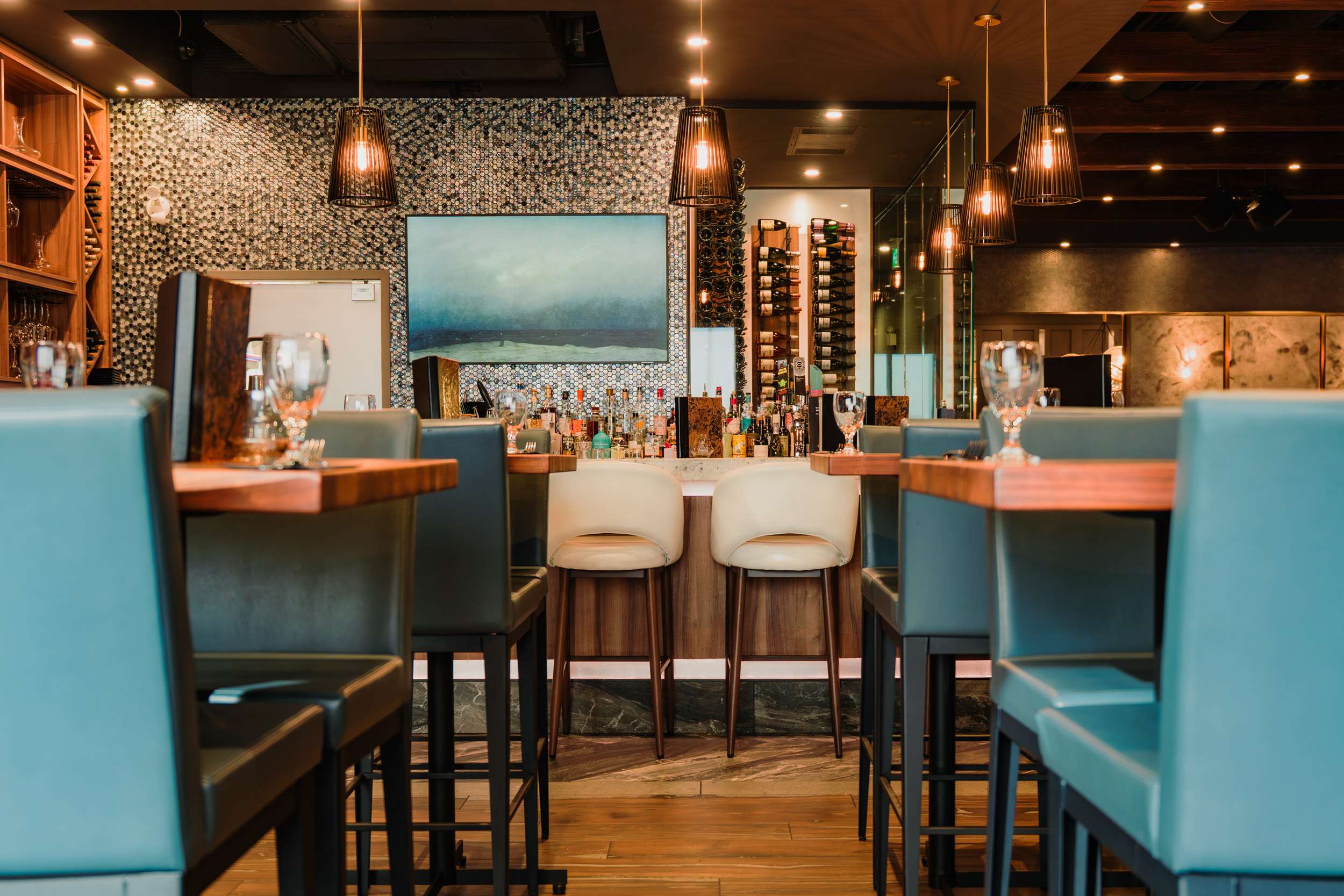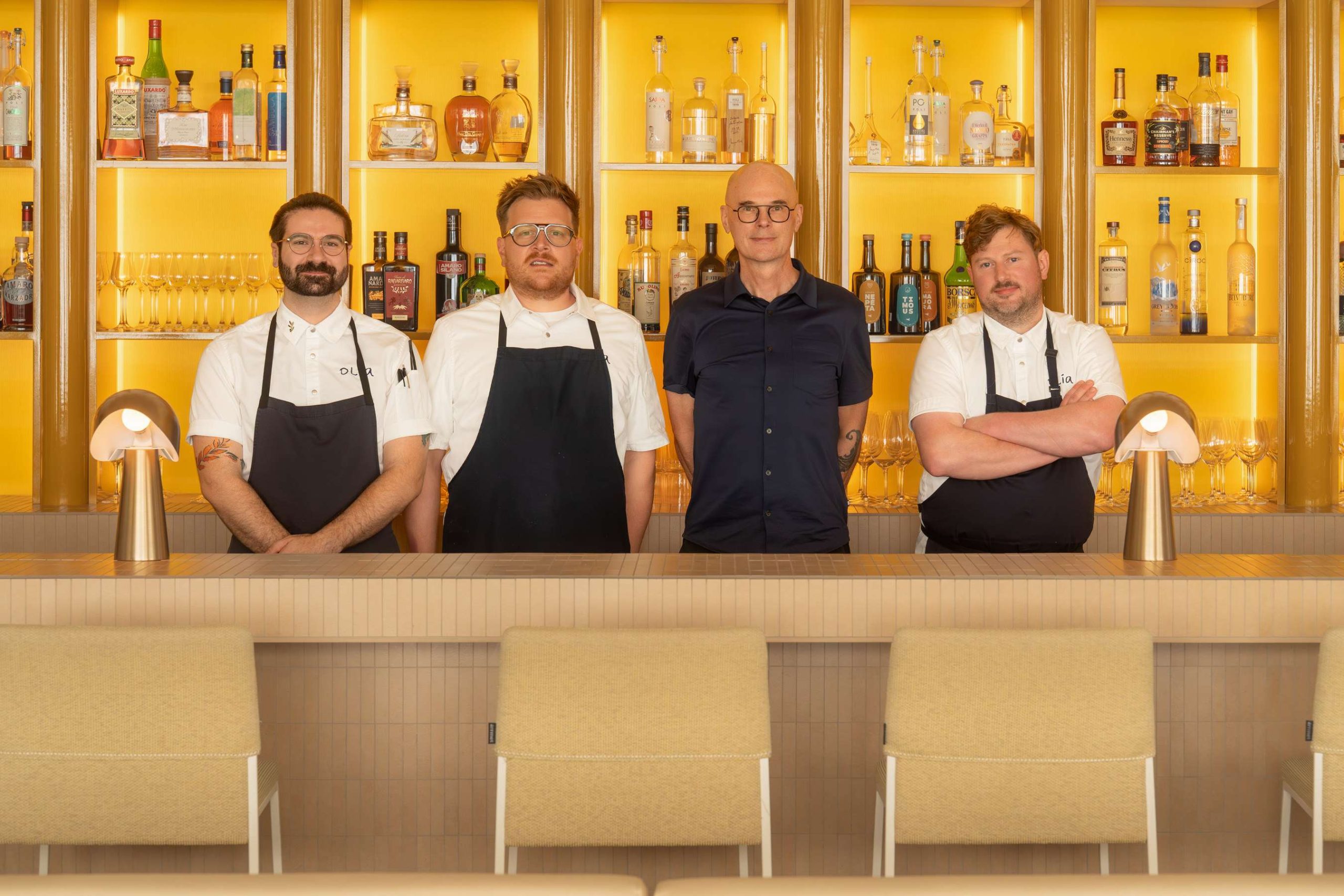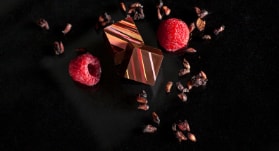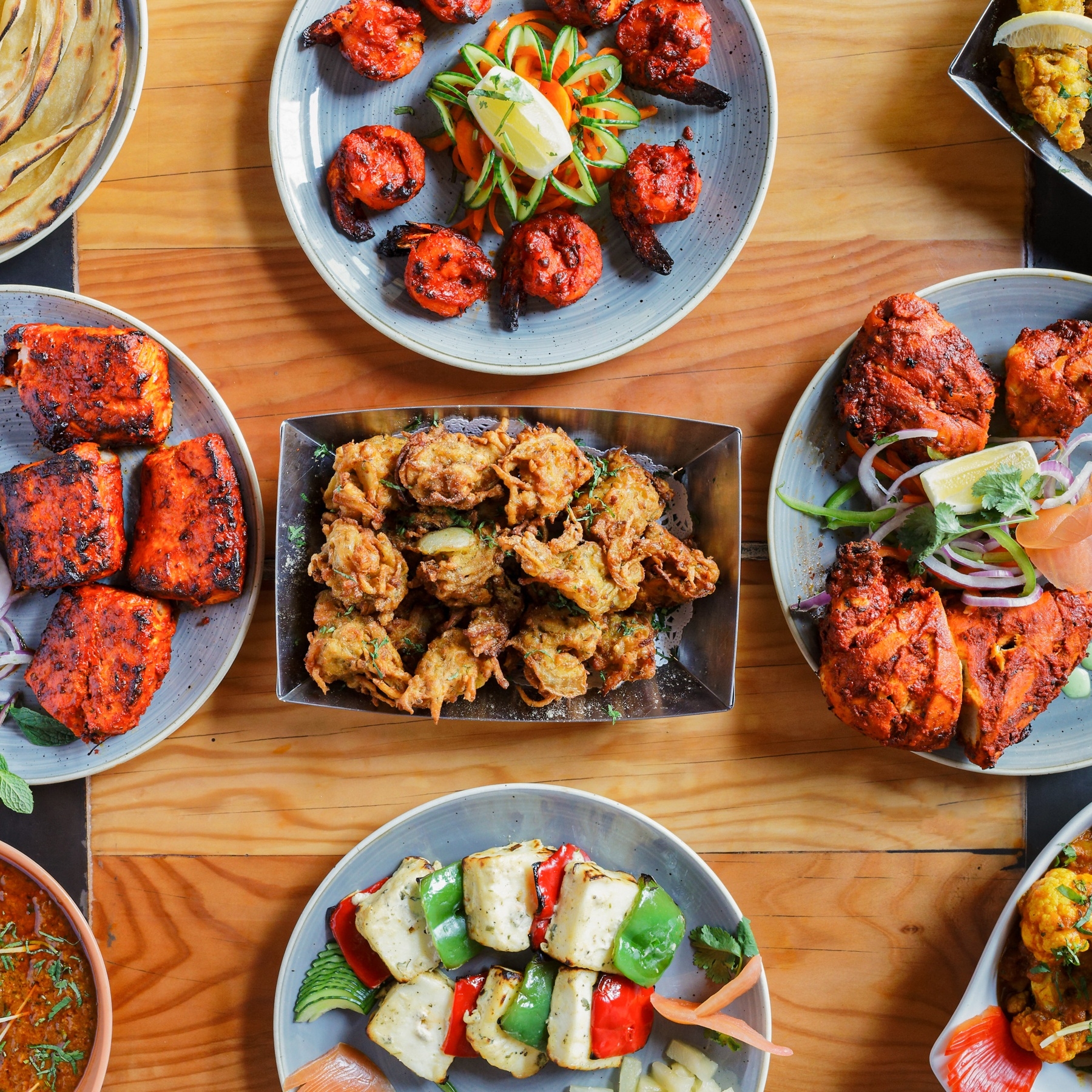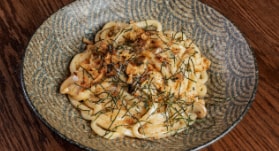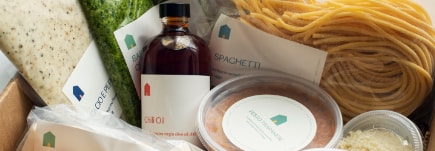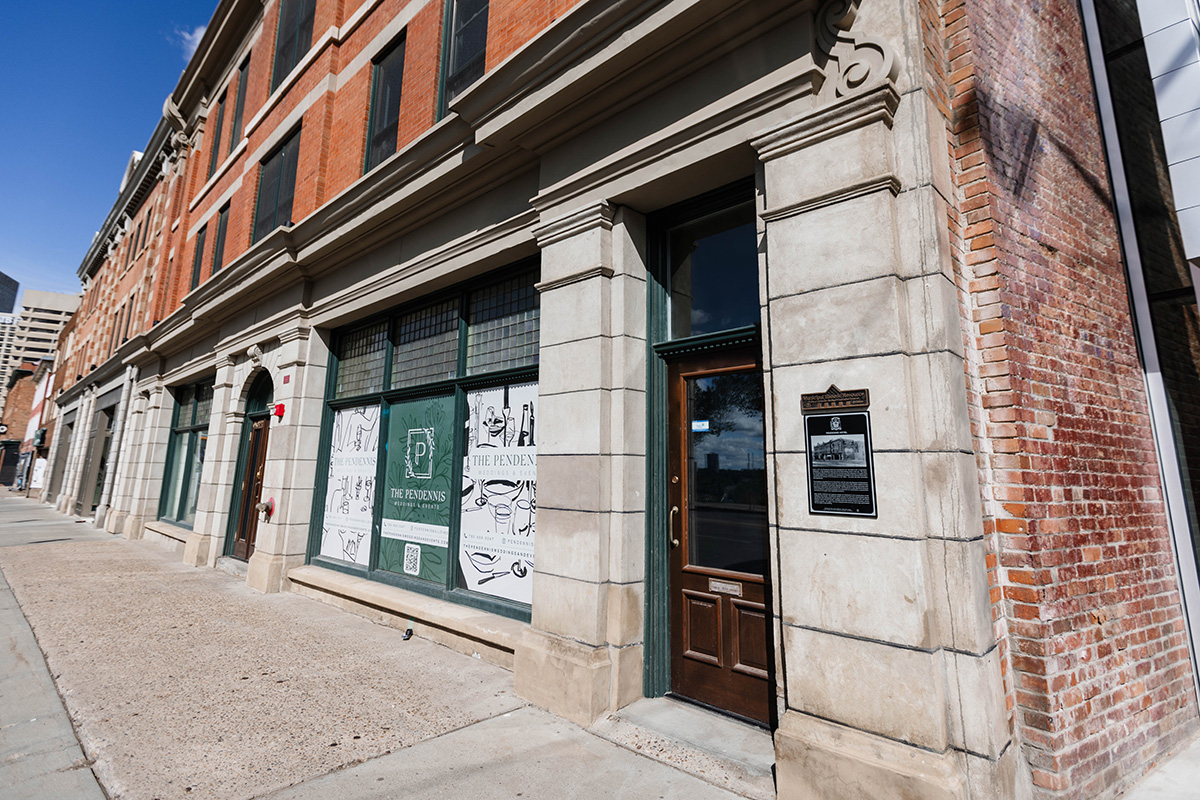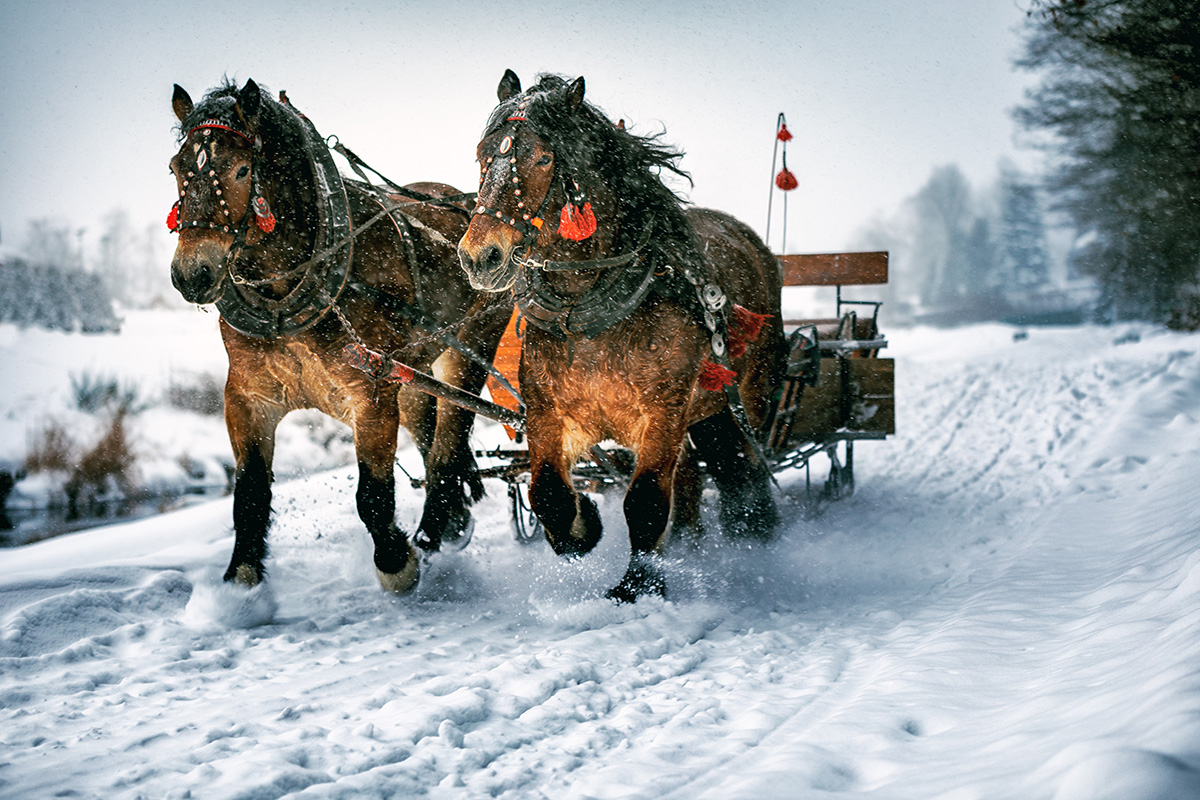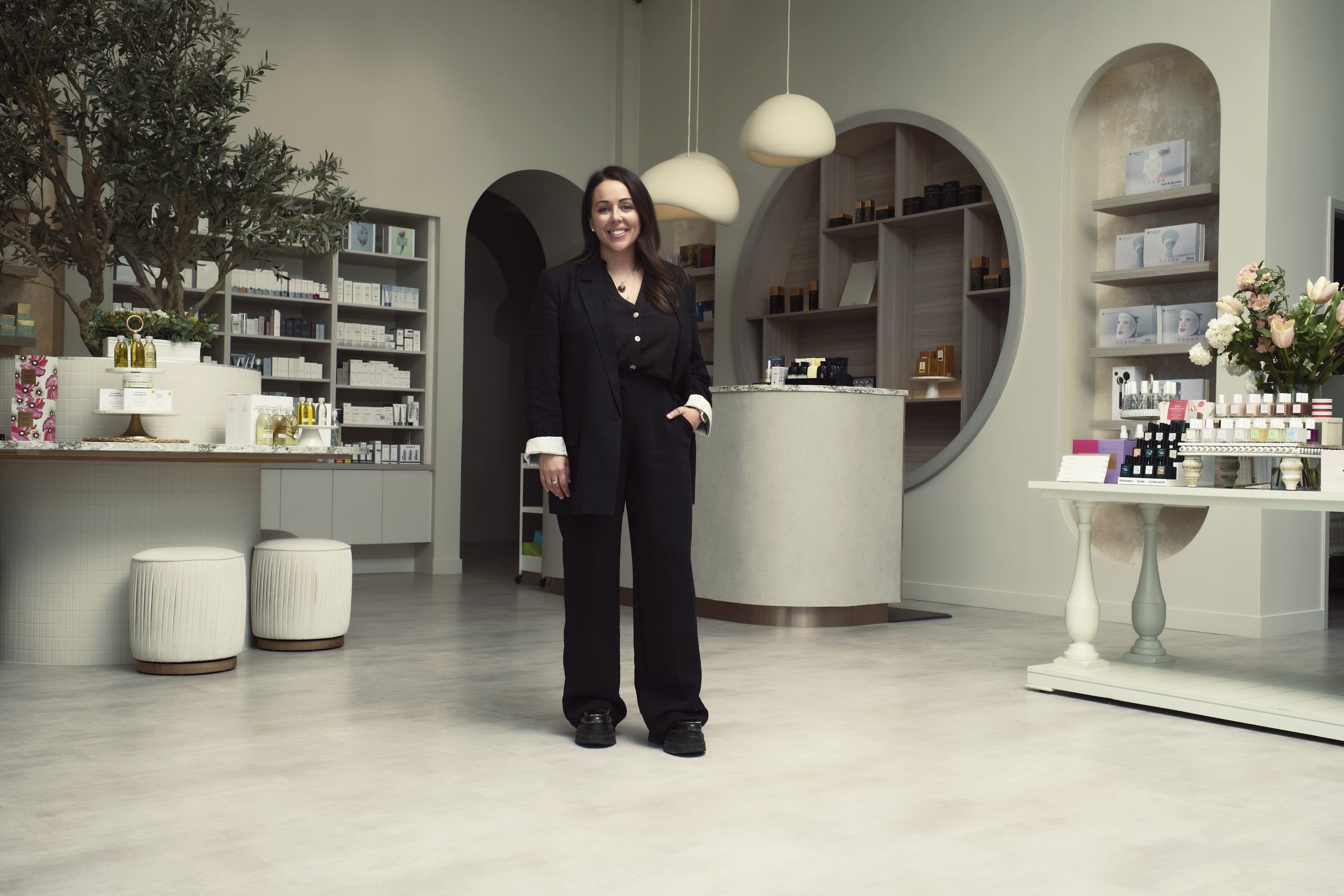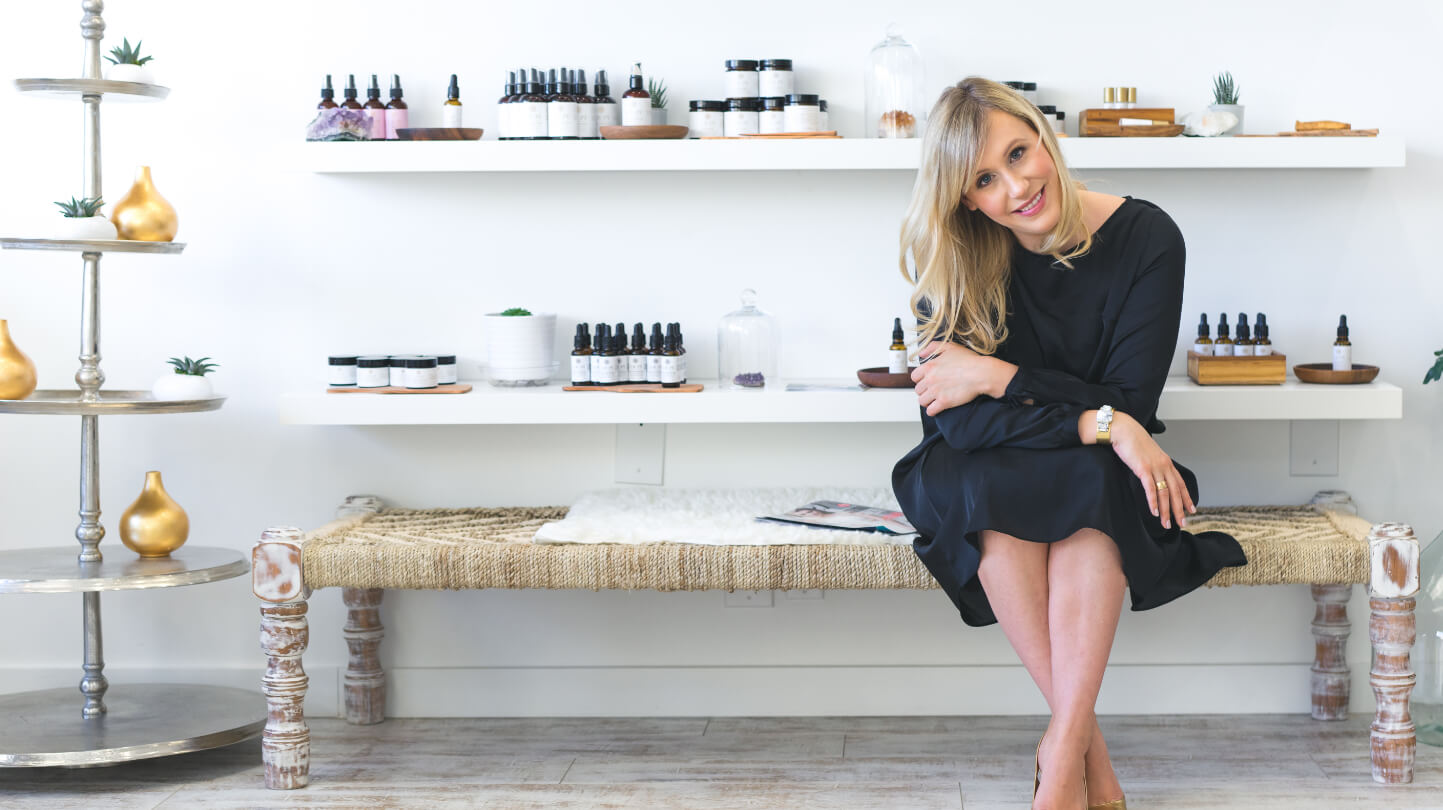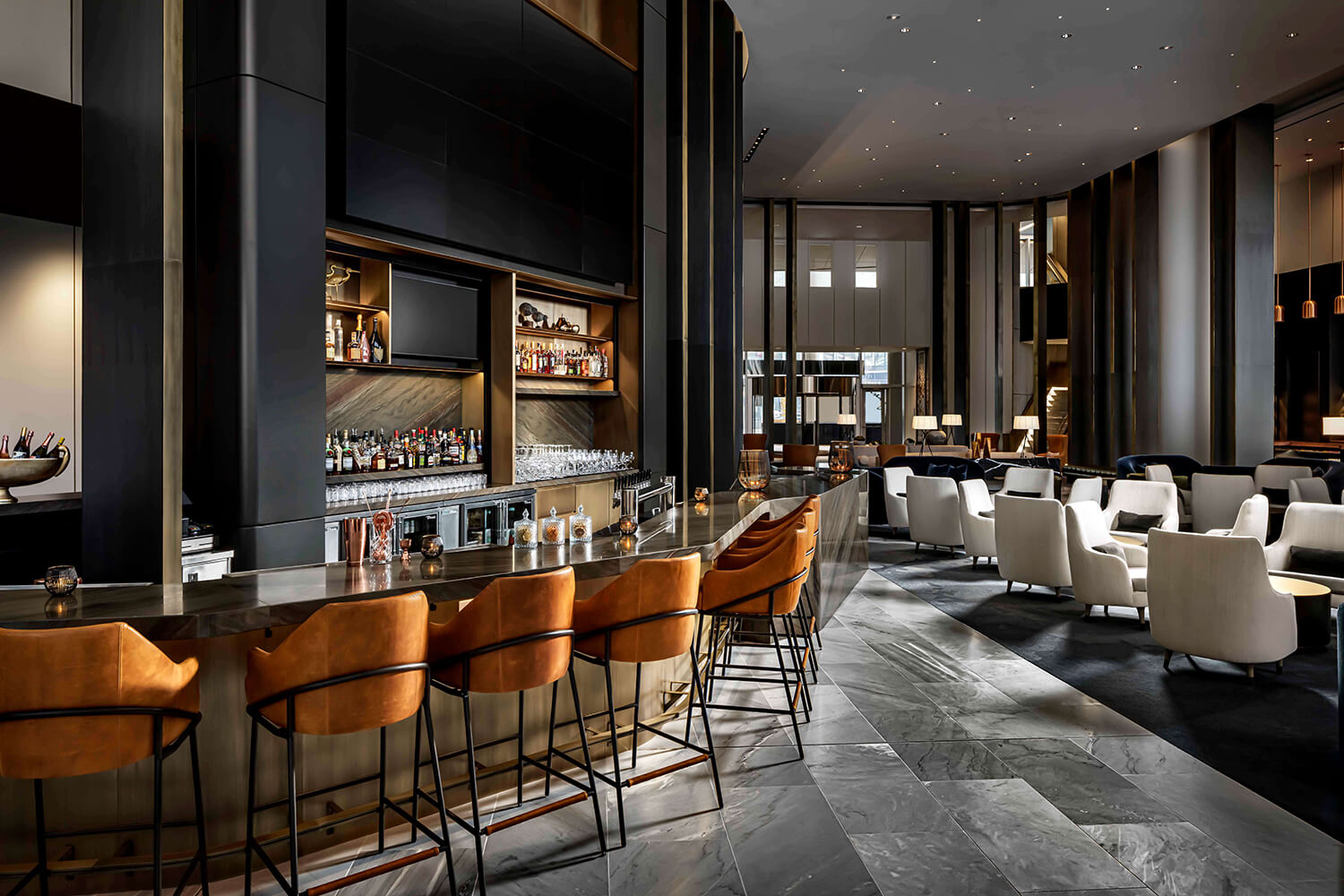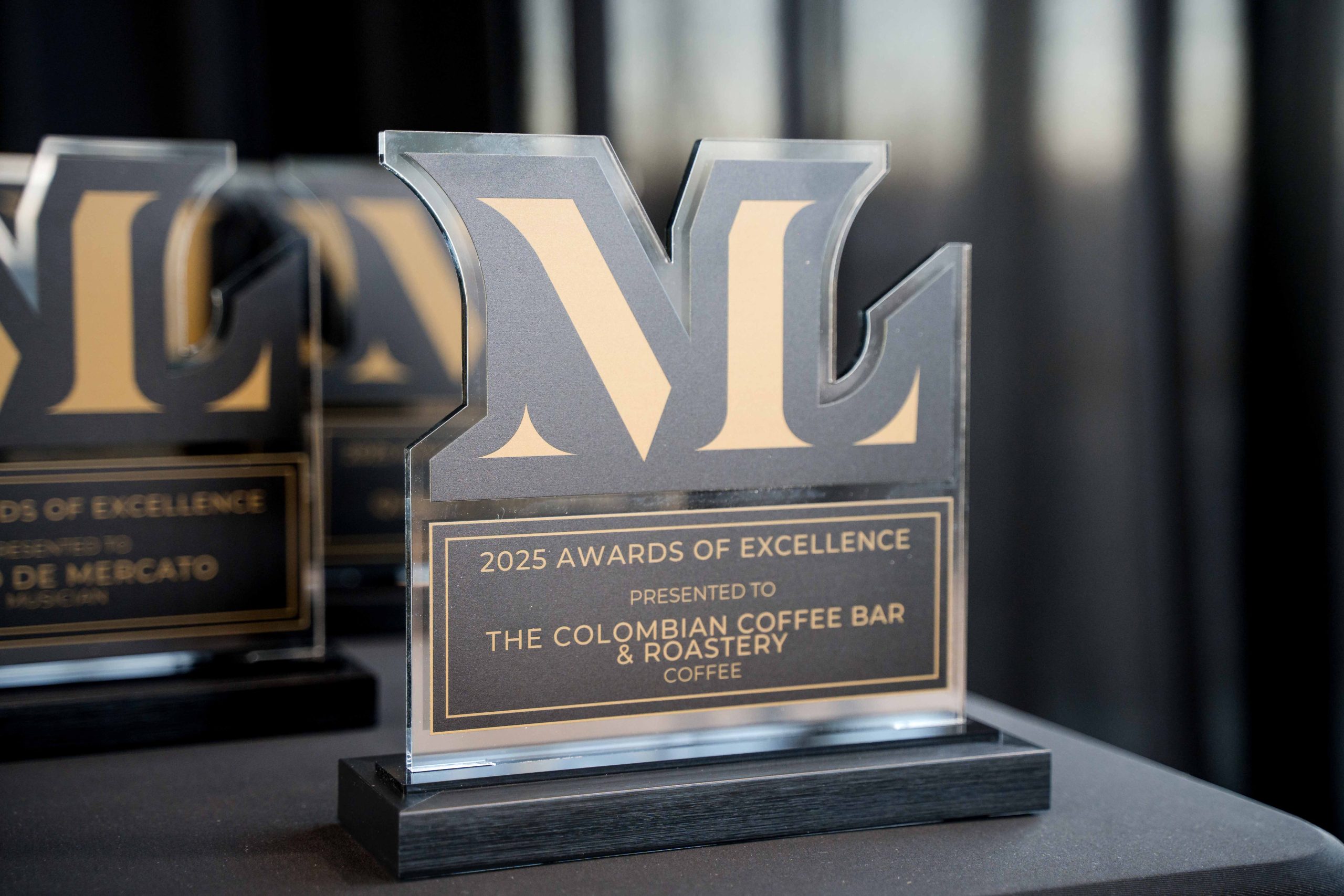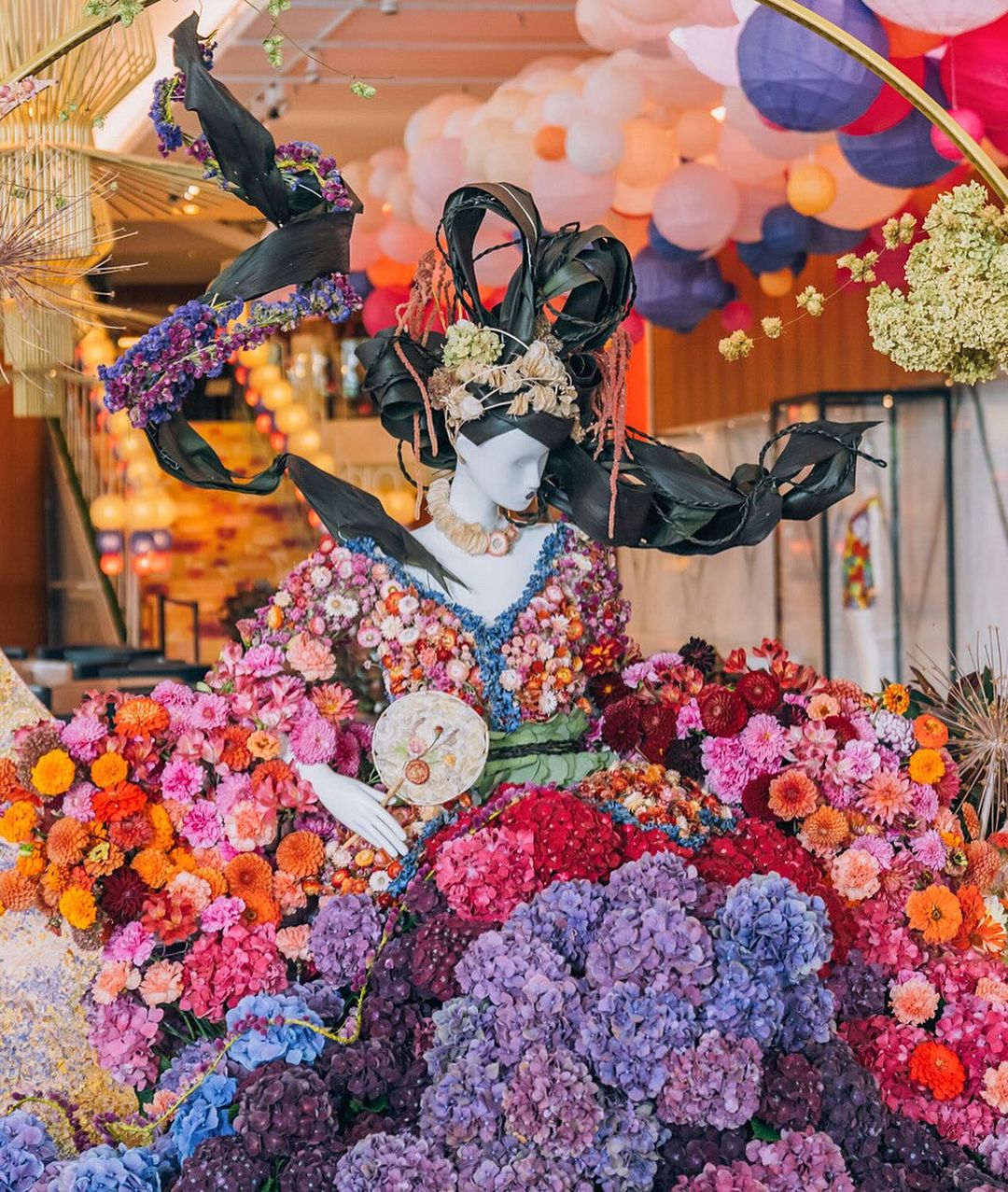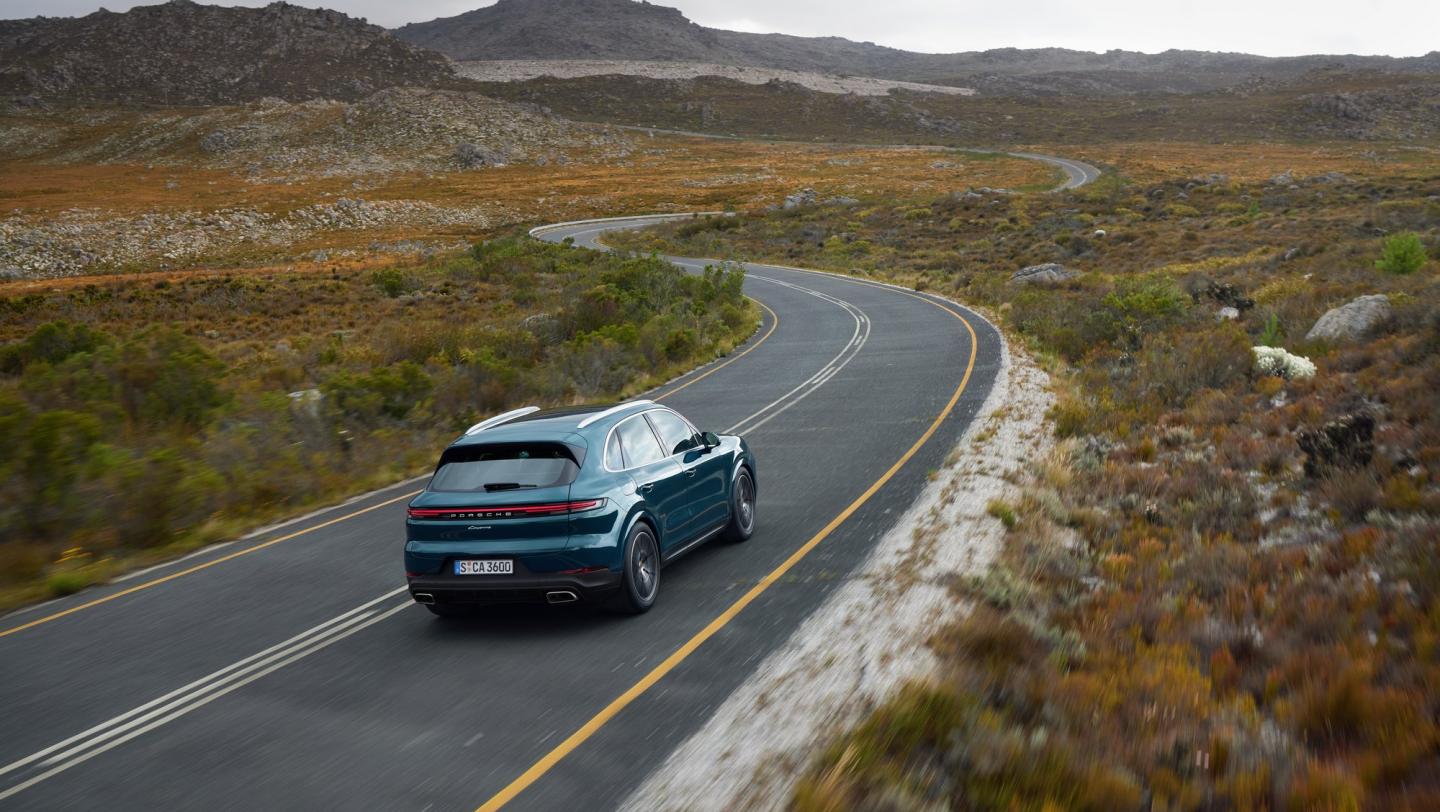A wine to bridge the seasons
Orange wines may no longer be the trendiest bottles on the shelf, but a few years ago, they dominated retail space and restaurant wine lists and were the go-to choice for many. Orange wine refers to a style of wine made from white grapes that undergo fermentation on their skins, similar to how red wine is made. This contact with the skin not only gives the wine its signature amber-gold hue but also introduces texture, structure, a gentle tannic grip, and a flavour profile that is more savoury than fruity. Additionally, fermentation often takes place in porous vessels such as cement tanks or ceramic amphorae, allowing small levels of oxygen to be introduced to the wine—a process called micro-oxygenation that further enhances the final taste of the wine. Despite the name, it is not made from oranges, nor is colour artificially added.
The connection to natural winemaking practices emphasizes minimal intervention during the winemaking process. It could also refer to grapes grown through biodynamic practices without the use of herbicides or pesticides. This includes using compost, pruning and harvesting at specific times of the lunar calendar, and using cover crops between rows to introduce organisms that create healthy soils. Livestock might meander through the property, and fruit trees or rose bushes might be growing nearby. All of this supports healthy soil and balanced vines, and together, they create the basis of natural winemaking, a category of which many orange wines are considered to belong.
The popularity of this style has decreased somewhat, but there are beautiful expressions of orange wines that are clean, polished, and well worth seeking out, especially at a time of year like now, when one might opt for a wine that is more robust than a white, but lighter than a red.

Gérard Bertrand Orange Gold
Not only does it stand out on the shelf for its unmistakable deep gold colour, but the name Gérard Bertrand is synonymous with quality in southern France. With 930 hectares of biodynamic vineyards and four generations of excellence behind it, it was only natural that Bertrand would produce his version of an orange wine. Orange Gold pays homage to the wines of Georgia made 4500 years ago, yet creates a modern, clean, and fresh profile. The label is a nod to the power of the sun and the sunsets of the southern Rhône Valley. With a complex blend of seven white grape varieties, all clusters are fermented on the skins to achieve the remarkable, vivid hue of this wine.

Tenuta Villanova Pinot Grigio Ramato
From the longest existing winery in the Friuli Venezia-Giulia region of northeast Italy, the winery boasts vineyards located in what is widely considered the home of the region’s most premium wine-growing land. “Ramato” means copper in Italian, referring to the pinkish-orange tone achieved through overnight maceration of the skins in stainless steel. Not your everyday pinot grigio, the resulting wine has lifted aromatics, rich flavour and textured complexity.

Parajes del Valle Macabeo Maceracion
Made from 100 per cent macabeo, a white grape better known for its role in cava blends, this wine hails from the Jumilla region in southern Spain. Although the region is more known for wines made from the red grape monastrell, macabeo is new to the scene. Fermented on the skins in stainless steel, with further fermentation and ageing in cement vats, this well-crafted orange wine shows off what one might expect from this style: clementine, cantaloupe, and orange zest with a slight grip and a clean finish.
Places To Be
See this month's local flavours, products, and services.




